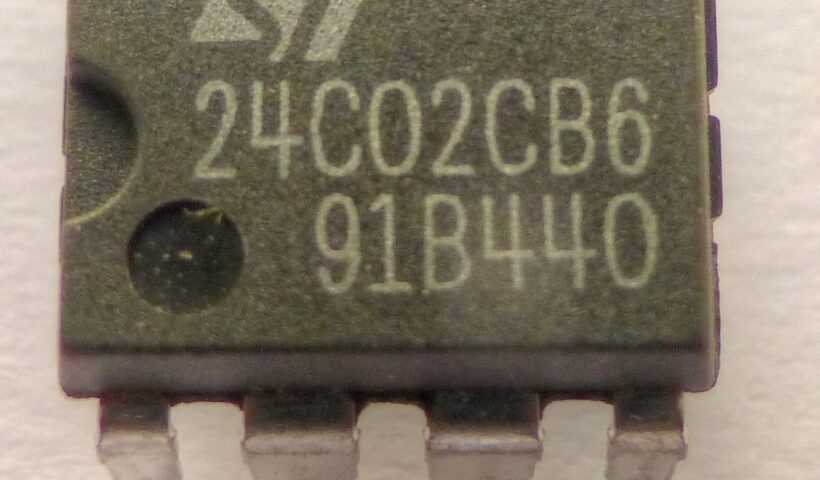EEPROM (Electrically Erasable Programmable Read-Only Memory) is a non-volatile memory type found on most Arduino boards. It allows you to store data even when the power is disconnected, making it suitable for settings, calibration values, or other data that needs to be retained. Here’s a guide on how to use it: Understanding EEPROM Non-Volatile: Data persists even after power off. Limited Writes: EEPROM has…
View More How to Store Data on EEPROM with ArduinoCategory: Arduino
Getting Started with SPI Communication: A Beginner’s Guide
SPI, or Serial Peripheral Interface, is a synchronous communication protocol commonly used to connect microcontrollers to peripherals like sensors, displays, and memory chips. This guide will walk you through the basics of SPI and help you get started with your first SPI project. Understanding SPI SPI relies on a master-slave architecture, where a master device initiates the communication and controls the data flow. The…
View More Getting Started with SPI Communication: A Beginner’s GuideBuilding Your First Robot: A Beginner’s Guide to Line Following
Have you ever been fascinated by robots that can navigate a maze or follow a track? In this beginner’s guide, we’ll explore the basics of building a simple line-following robot using readily available components. What You’ll Need: Chassis: You can use a pre-built robot chassis or make your own using materials like acrylic or wood. Motors: Two DC motors are required to drive the…
View More Building Your First Robot: A Beginner’s Guide to Line Following

